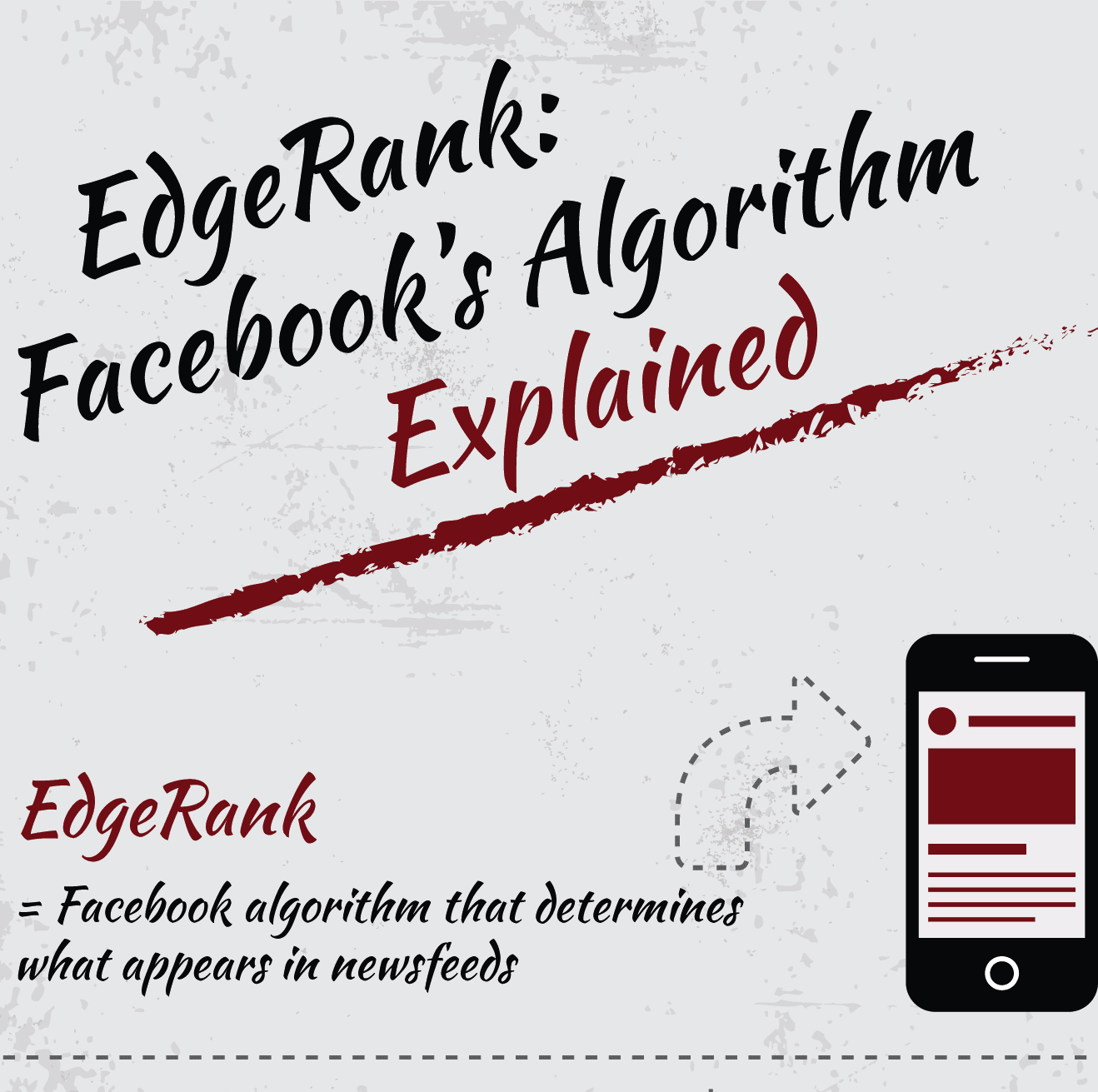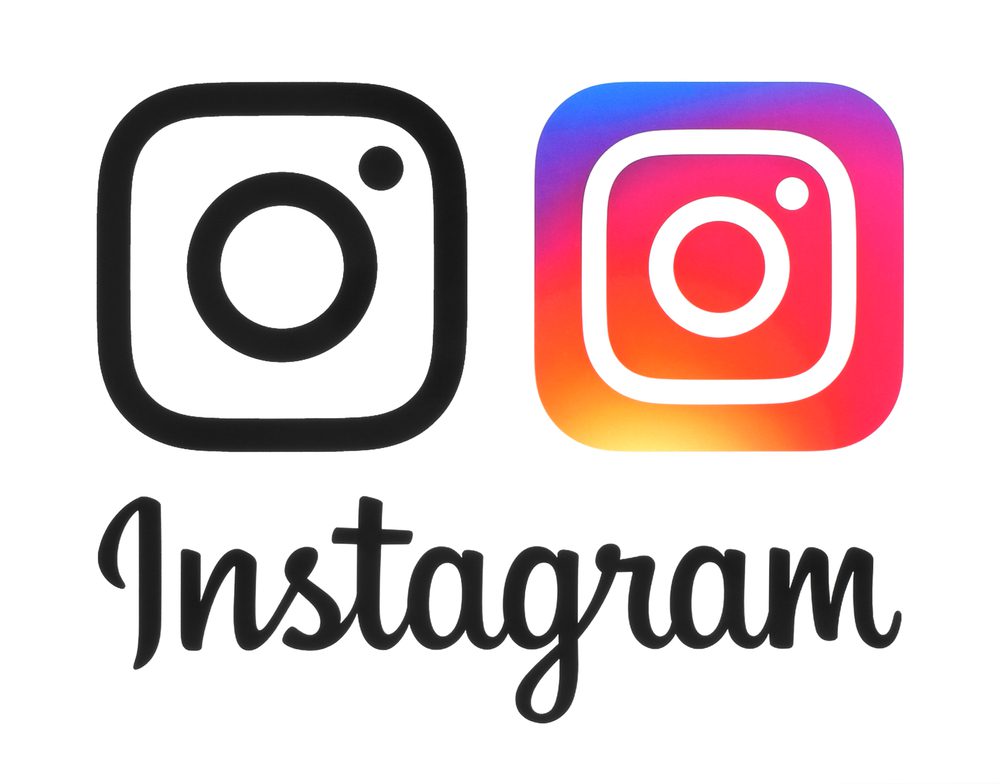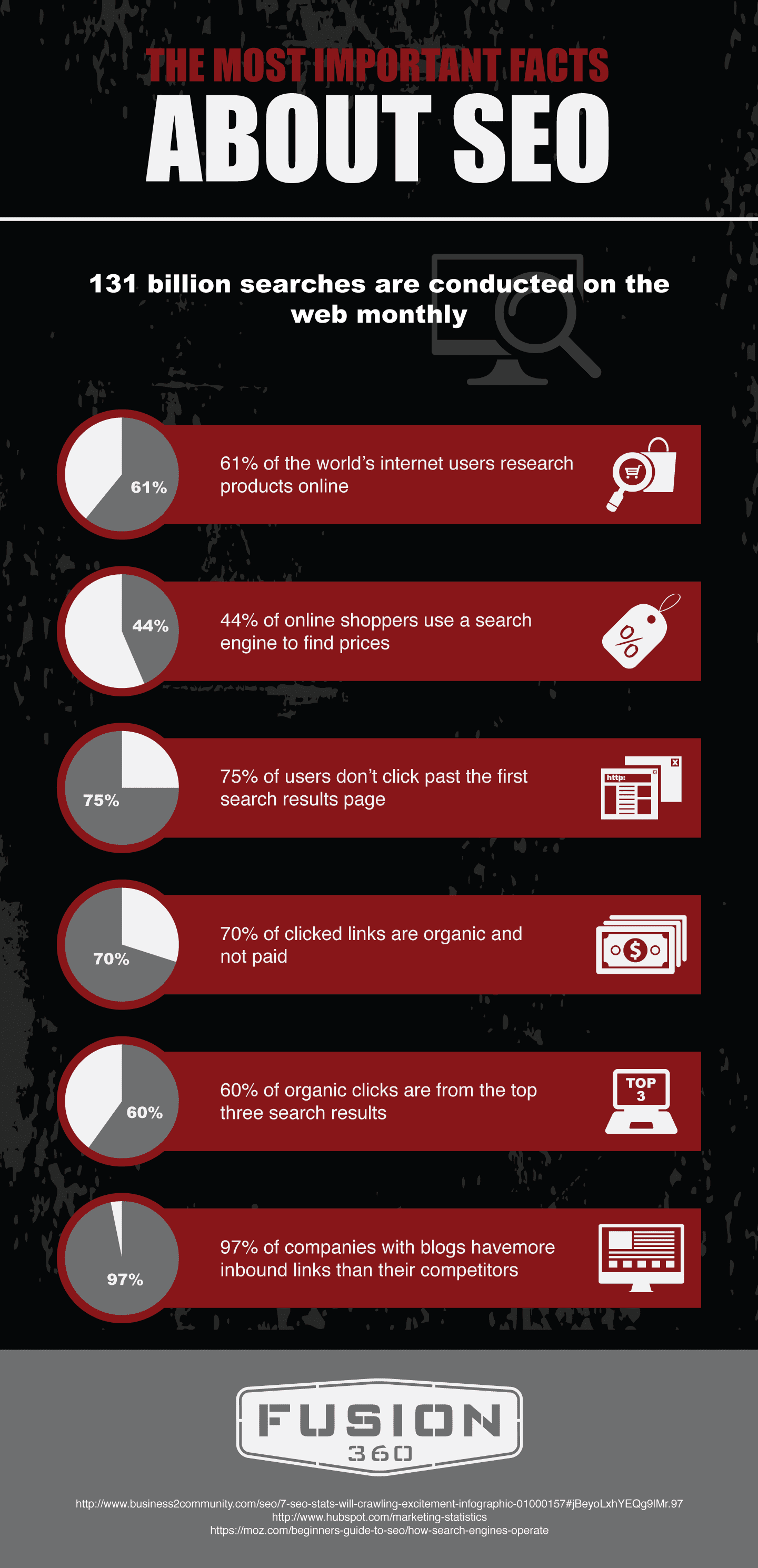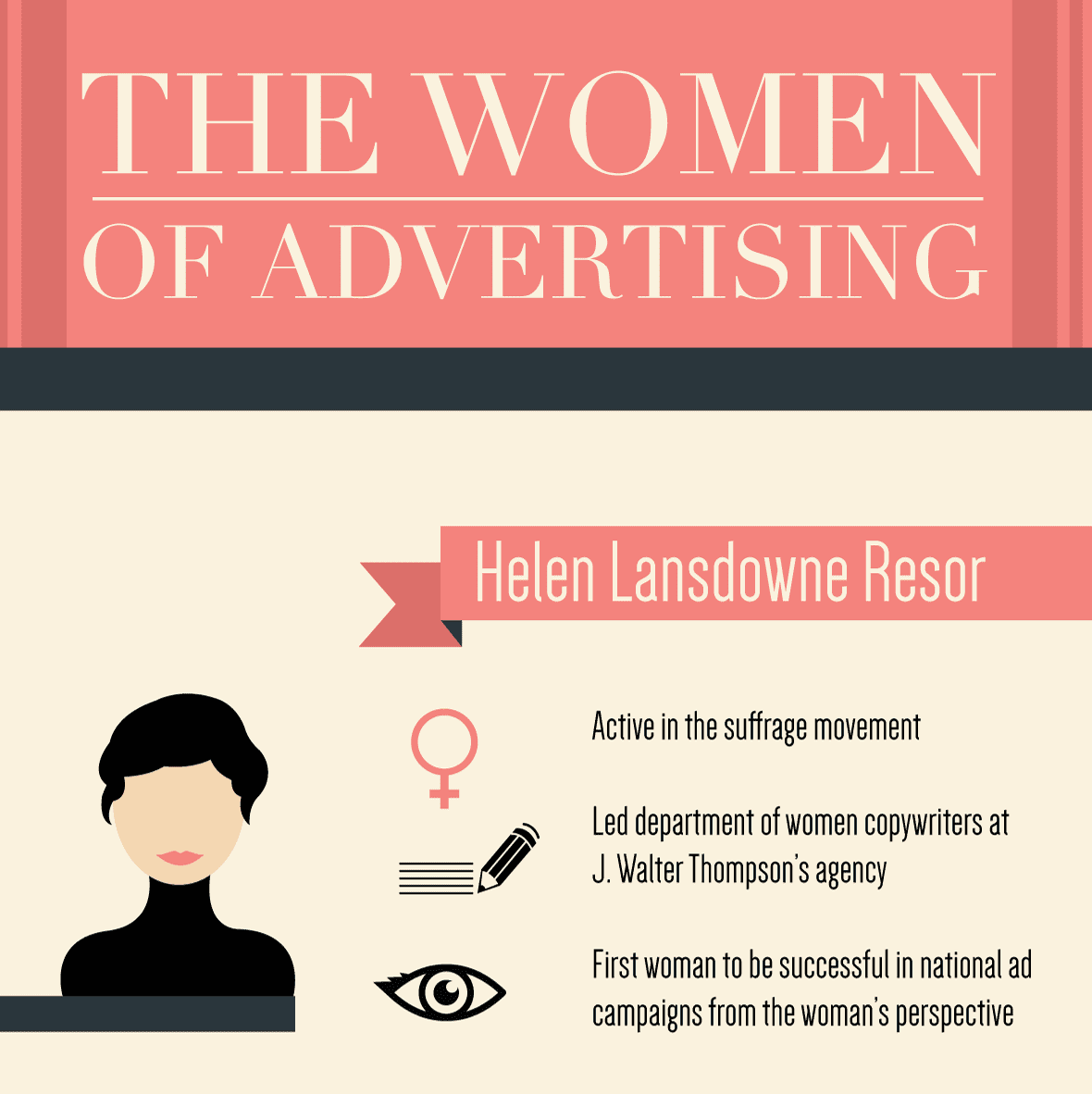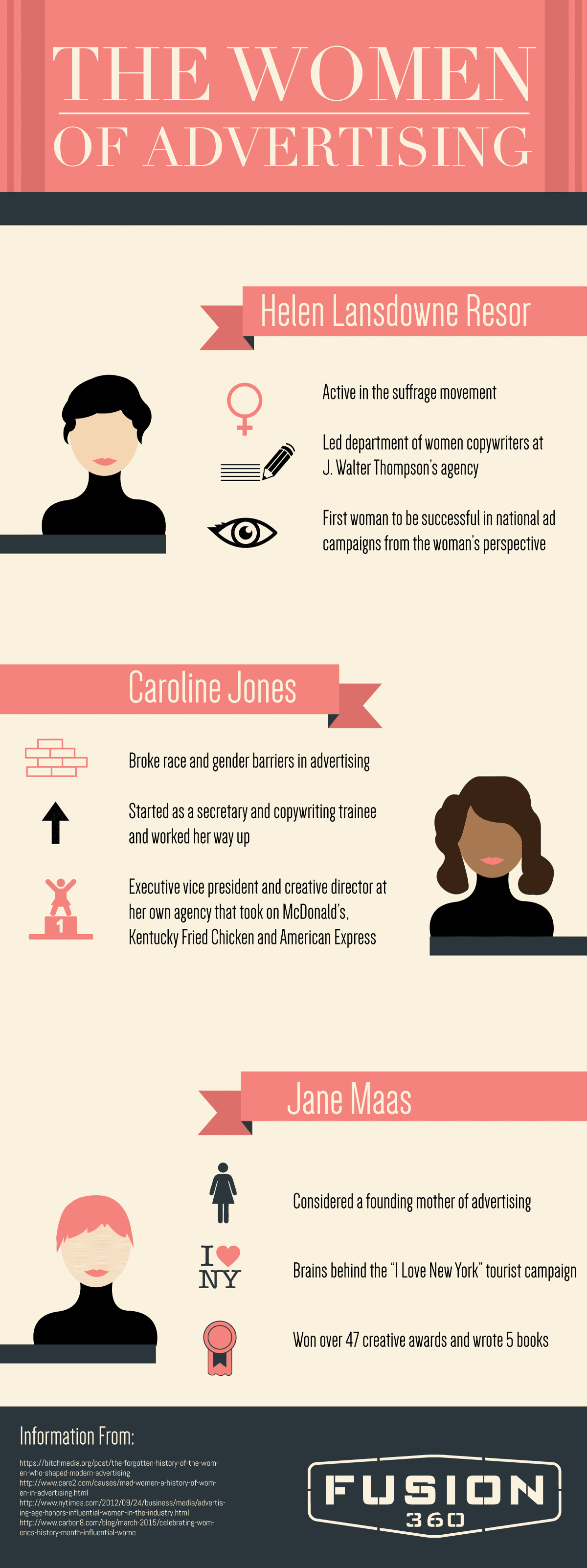As the premier advertising agency in Utah, we work with a variety of clients. We love our clients. We wouldn’t exist without them. Productive feedback and communication is key to successful advertising. We love when our clients give us feedback because it helps us realize their visions and meet their needs.
We have heard tales from other agencies, though, of clients whose feedback wasn’t exactly helpful. Here are a few professional tips for how you, as the client, can offer the most helpful feedback to your advertising agency.
Know What You Like
When you approach your advertising agency with feedback, make sure you know what you want. It is easy to say, “I don’t like this.” That’s not the most helpful feedback, though, because it leaves your agency thinking, “So, what don’t you like about it?” and “What do you like?”
If you don’t like something, have specific reasons why you don’t like it. Explain the exact elements that concern you, and don’t forget to offer up something positive as well. People will be more responsive to making change when they feel that their initial efforts were valued.
Have a Plan
If there is something you don’t like, offer a solution or a direction to achieve what you do like. For instance, if a design came back in a shade of royal blue, don’t just say, “We do not like royal blue.” Instead, say, “Royal blue really isn’t our thing. We prefer to use a solid navy. Could you make this navy?”
Back It Up With Numbers
If you want to make major changes, it’s helpful to have some data to back up your thoughts. It could be as simple as past customer feedback surveys or an industry trend report. Professionals love numbers, and they’ll want to create products that work with the data, not against it.
Be Open to Advice
At the end of the day, always be open to advice. Your advertising agency may create a product that is different than anything you’ve ever done before. Your reaction may initially be, “I don’t like it,” but give your agency a chance to explain its reasoning. Sometimes, it takes stepping outside of your comfort zone and trying something new to beat the competition.



